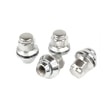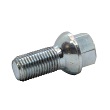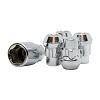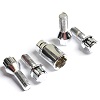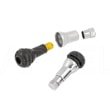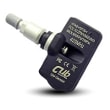Continuous TPMS tire pressure monitoring
The road situation – we begin to notice that the steering wheel feels heavier, and the car's grip on the road has changed slightly. After stopping the car, we notice that the tire pressure is significantly off target – we frantically search for the compressor we lent to a friend in need a few days ago, and today we're left with a flat tire on the pavement. Who among us hasn't experienced this situation? Apparently, only owners of cars equipped with a TPMS (Tire Pressure Monitoring System) experience it.
On November 1, 2014, a law came into effect that requires car manufacturers to equip their vehicles with a tire pressure monitoring system (TPMS) . What exactly is this device? How does it work? Why is it so useful that its presence is regulated by law? Will this move impact drivers' pockets? Let's find out.
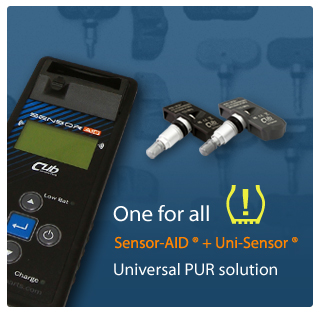
What exactly is TPMS?
A Tire Pressure Monitoring System , or TPMS for short, is a system of sensors mounted to the wheel valve or inside the rim that alert the driver to a drop in tire pressure. This prevents the situations mentioned in the introduction from occurring – the vehicle owner knows exactly when to visit a nearby gas station or use a compressor, thus preventing dangerous driving situations caused by low tire pressure.

TPMS systems can be divided into two types: direct and indirect . The former can inform the driver about tire pressure in real time, while the latter operates in a somewhat simpler manner, calculating tire pressure based on wheel rotation or vibration. Direct systems are installed in luxury cars and are located directly at the valve stem or attached to the rim. Indirect systems are less expensive to implement, relying on wheel speed sensors, which are used in ABS and ESC systems, and the tire pressure alert only occurs when the pressure reaches 20% of the base pressure.
Benefits and disadvantages for drivers
According to numerous studies, over 80% of drivers are aware of the consequences of underinflated tires – increased fuel consumption, poorer vehicle control, accelerated tire wear, and even sudden tire failure while driving , which can be fatal. However, this doesn't translate into regular tire pressure checks – nearly 40% of drivers check their pressure occasionally, usually when refueling, less than 10% only before long trips, and half of these never do so. It's hoped that these indicators will significantly improve when TPMS sensors become a permanent fixture in vehicles used in Poland.
However, improving road safety is just one reason for introducing the new regulations. Another is environmental protection . Underinflated tires translate into higher fuel consumption – in practice, this translates to an increase of 2 billion tons , which translates into 4.8 million tons of carbon dioxide released into the atmosphere!
While many of the benefits of using TPMS sensors come with some drawbacks drivers will encounter when replacing tires. They will be responsible for informing their tire fitter of the presence of a pressure monitoring system – the fitter must be familiar with the various TPMS sensors and their servicing procedures before they can perform the procedure. In practice, this requires appropriate care, as the sensors are most often damaged during wheel removal.
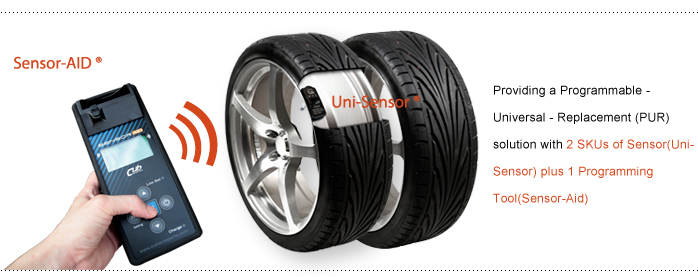
Blood pressure is always normal
TPMS sensors have been used for many years, but until recently, they weren't mandatory. This changed on November 1, 2014, with the entry into force of EU Commission Regulation No. 130/2012 of February 15, 2012 , which requires every new car sold in the European Union to be equipped with tire pressure sensors. This fact is undeniable – it exists and must be accepted. Despite the potential price increases that mechanics may encounter when replacing tires equipped with TPMS sensors, the benefits of constant tire pressure monitoring are invaluable – proper monitoring will ensure our safety, improve driving comfort, and reduce carbon dioxide emissions.



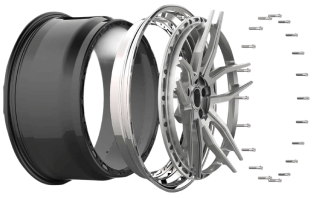
 Modern design
Modern design Perfect fit
Perfect fit High durability
High durability Free shipping within 24 hours
Free shipping within 24 hours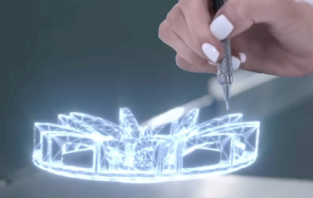
 Individual project
Individual project Dedicated caregiver
Dedicated caregiver
